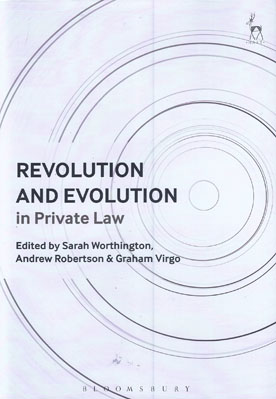
The development of private law across the common law world is typically portrayed as a series of incremental steps, each one delivered as a result of judges dealing with marginally different factual circumstances presented to them for determination.
This is said to be the common law method. According to this process, change might be assumed to be gradual, almost imperceptible. If this were true, however, then even Darwinian-style evolution – death of the dinosaurs or development of flight – would seem unlikely in the law, and radical and revolutionary paradigms shifts perhaps impossible. And yet the history of the common law is to the contrary. The legal landscape is littered with quite remarkable revolutionary and evolutionary changes in the shape of the common law.
The essays in this volume explore some of the highlights in this fascinating revolutionary and evolutionary development of the common law. The authors expose the nature of the changes undergone and their significance for the future direction of travel. They identify the circumstances and the contexts which might have provided an impetus for these significant changes.
The essays range across all areas of private law, including contract, tort, unjust enrichment and property. No area has been immune from development. That fact itself is unsurprising, but an extended examination of the particular circumstances and contexts which delivered some of private law's most important developments has its own special significance for what it might indicate about the shape, and the shaping, of private law regimes in the future.